Market Consolidation
Market consolidation is a notable trend within the Froth Flotation Chemicals Market, as larger firms acquire smaller players to enhance their product offerings and market reach. This consolidation is driven by the need for companies to diversify their portfolios and leverage economies of scale. As major players seek to strengthen their competitive positions, the acquisition of innovative startups specializing in niche flotation chemicals is becoming more common. This trend may lead to a more concentrated market structure, where a few key players dominate. Analysts predict that this consolidation could result in a more streamlined supply chain, potentially improving the efficiency and availability of flotation chemicals in the market.
Regulatory Compliance
Regulatory compliance is becoming increasingly stringent within the Froth Flotation Chemicals Market, compelling companies to adapt their practices and formulations. Governments are implementing stricter environmental regulations aimed at reducing the impact of mining activities on ecosystems. This has led to a heightened focus on the development of compliant flotation chemicals that meet safety and environmental standards. Companies that proactively align their products with these regulations may not only avoid penalties but also enhance their market reputation. As a result, the demand for compliant froth flotation chemicals is expected to rise, potentially leading to a market expansion of approximately 4% over the next few years.
Rising Demand for Minerals
The rising demand for minerals, particularly in emerging economies, is a significant driver for the Froth Flotation Chemicals Market. As industrialization accelerates, the need for essential minerals such as copper, gold, and lithium is increasing. This trend is further fueled by the growing electric vehicle market, which requires substantial amounts of lithium for battery production. Consequently, mining companies are investing in advanced flotation technologies to enhance mineral recovery, thereby boosting the demand for specialized flotation chemicals. Market analysts suggest that this demand could lead to a substantial increase in the market size, with estimates indicating a potential growth rate of around 6% annually.
Sustainability Initiatives
The increasing emphasis on sustainability within the Froth Flotation Chemicals Market is driving innovation and adoption of eco-friendly chemicals. Companies are increasingly seeking to minimize their environmental footprint, leading to the development of biodegradable and less toxic flotation agents. This shift is not merely a trend but a response to regulatory pressures and consumer demand for greener practices. As a result, the market for sustainable froth flotation chemicals is projected to grow, with estimates suggesting a compound annual growth rate of over 5% in the coming years. This focus on sustainability is likely to reshape the competitive landscape, as firms that prioritize eco-friendly solutions may gain a significant advantage.
Technological Advancements
Technological advancements play a pivotal role in shaping the Froth Flotation Chemicals Market. Innovations in flotation technology, such as the development of more efficient reagents and improved flotation equipment, are enhancing recovery rates and reducing operational costs. For instance, the introduction of advanced monitoring systems allows for real-time adjustments in flotation processes, optimizing performance. This technological evolution is expected to drive market growth, with projections indicating that the sector could witness a surge in demand for high-performance flotation chemicals. As companies strive for operational efficiency, the integration of cutting-edge technologies will likely become a key differentiator in the market.


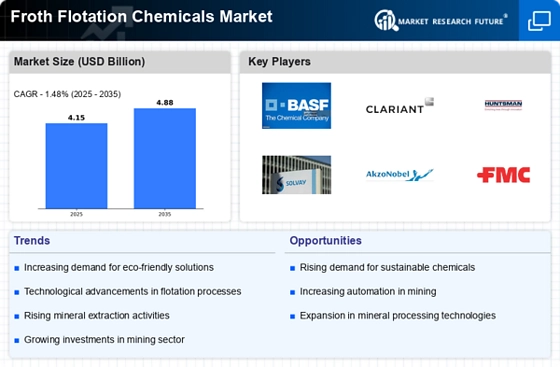
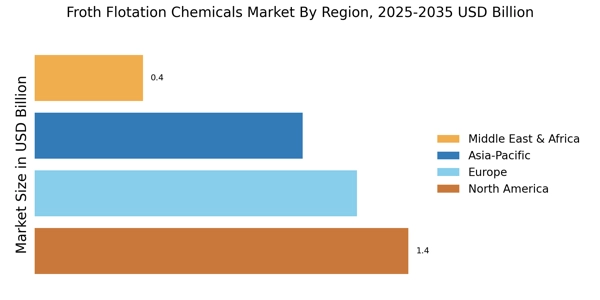
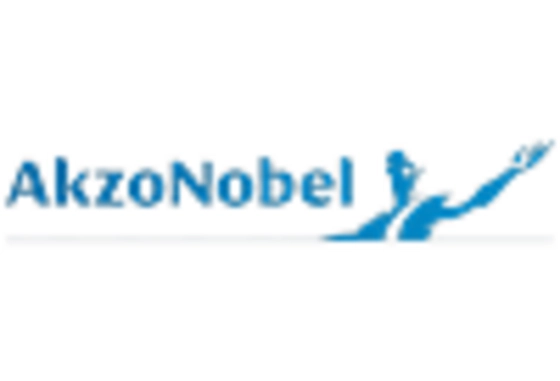

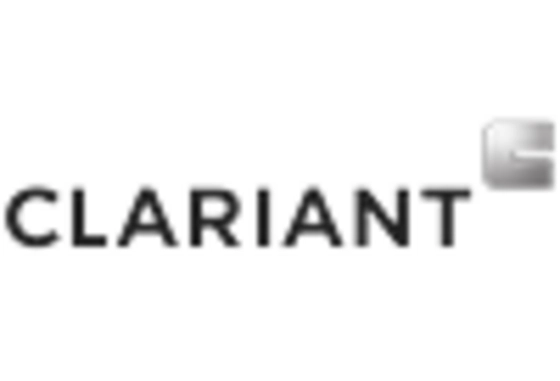
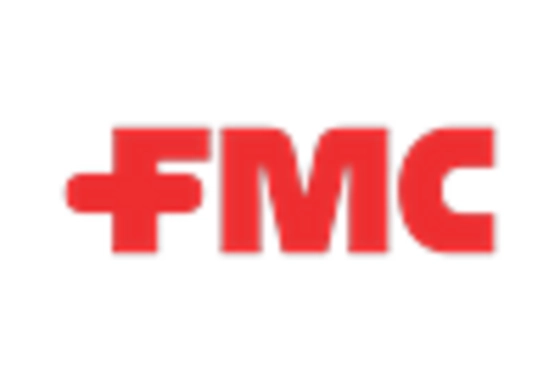










Leave a Comment